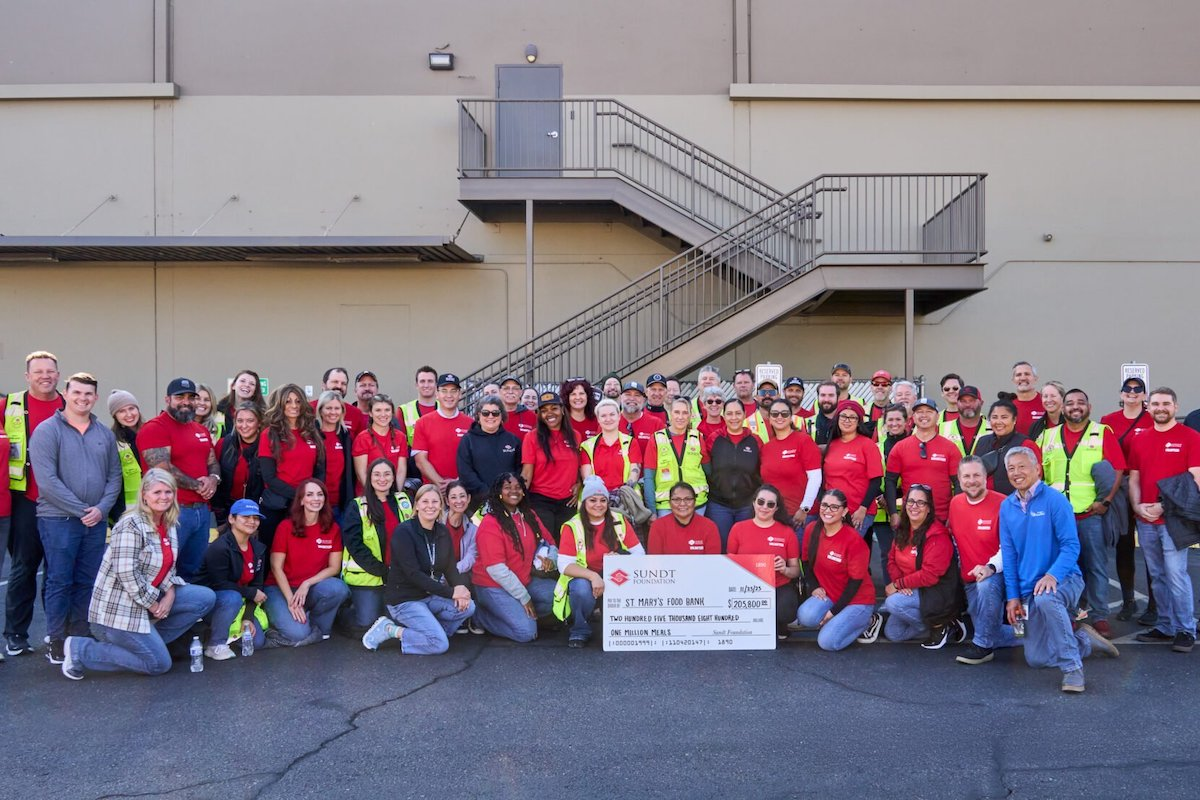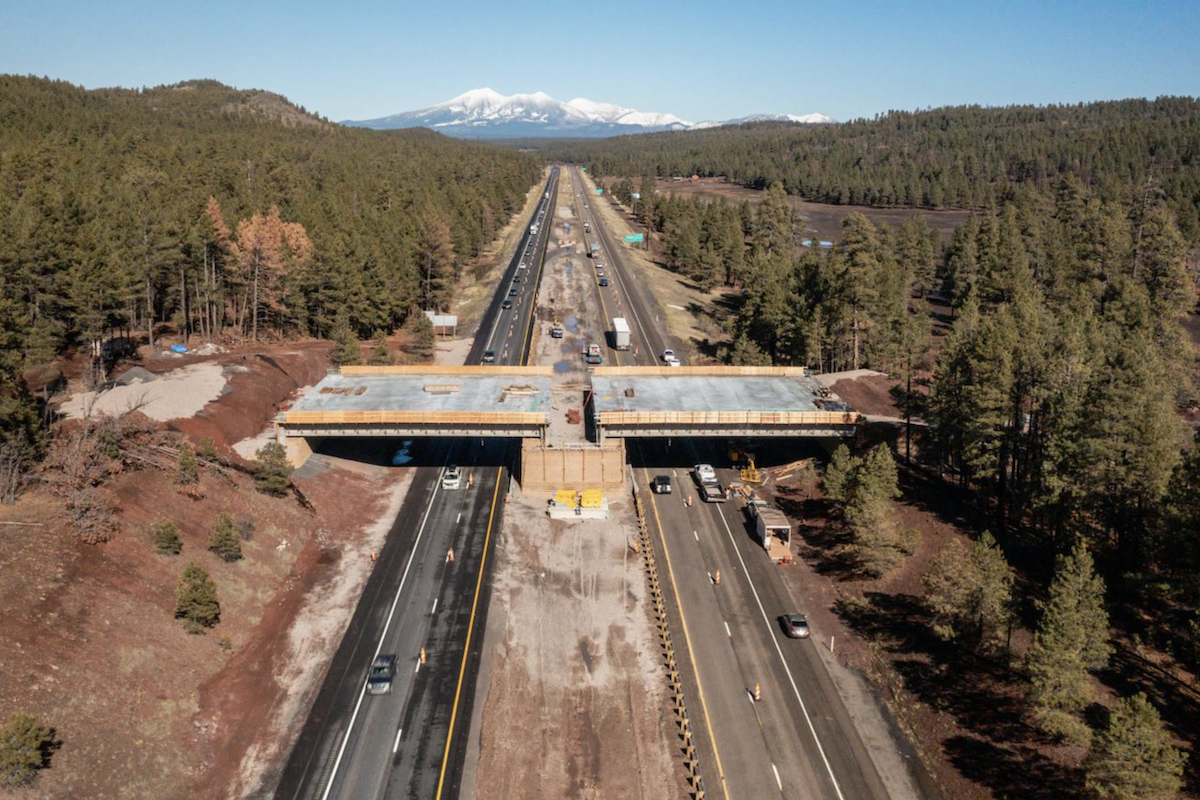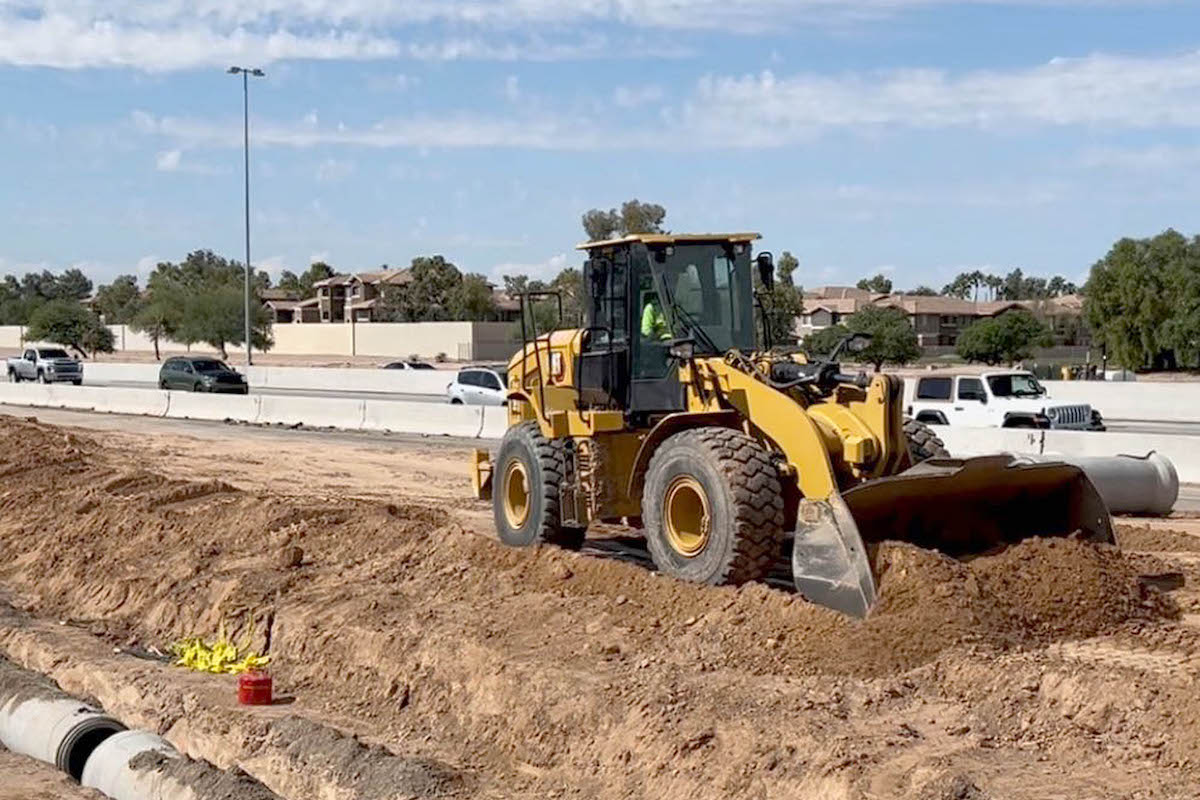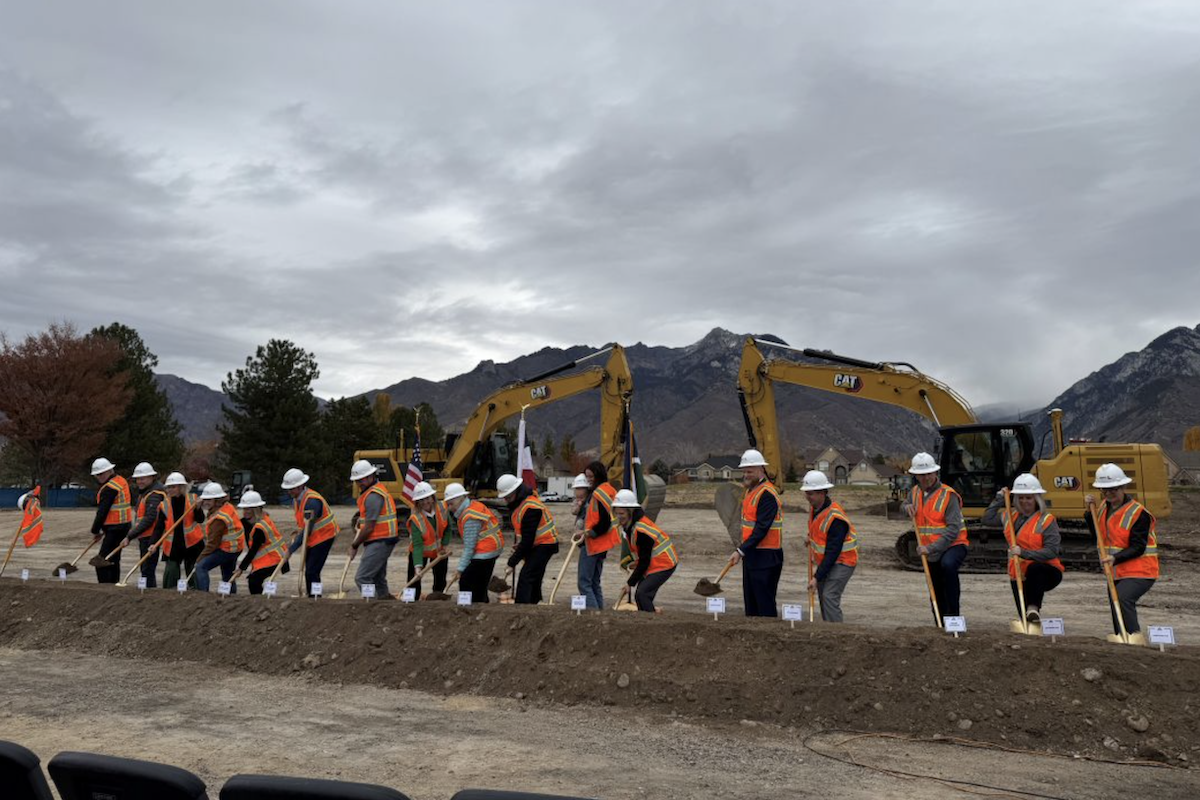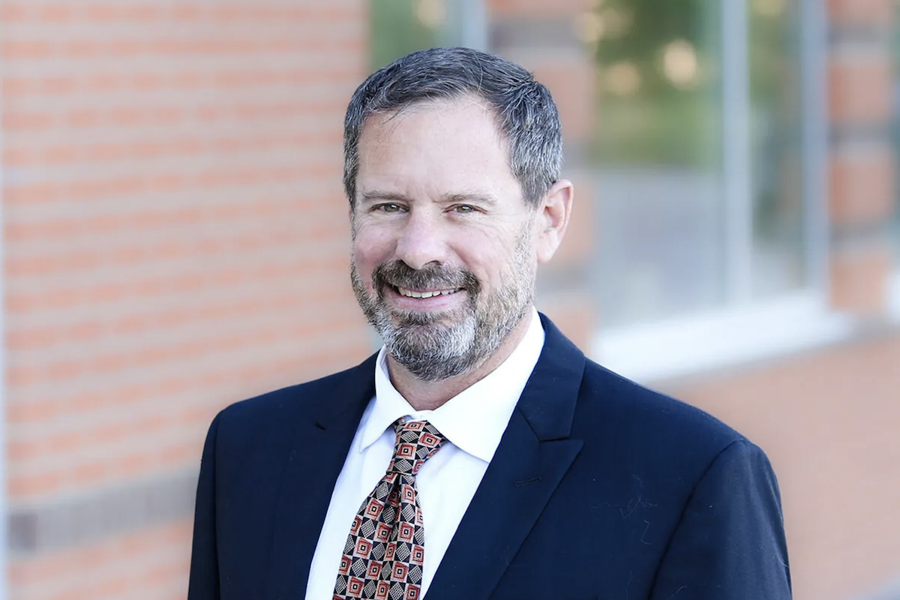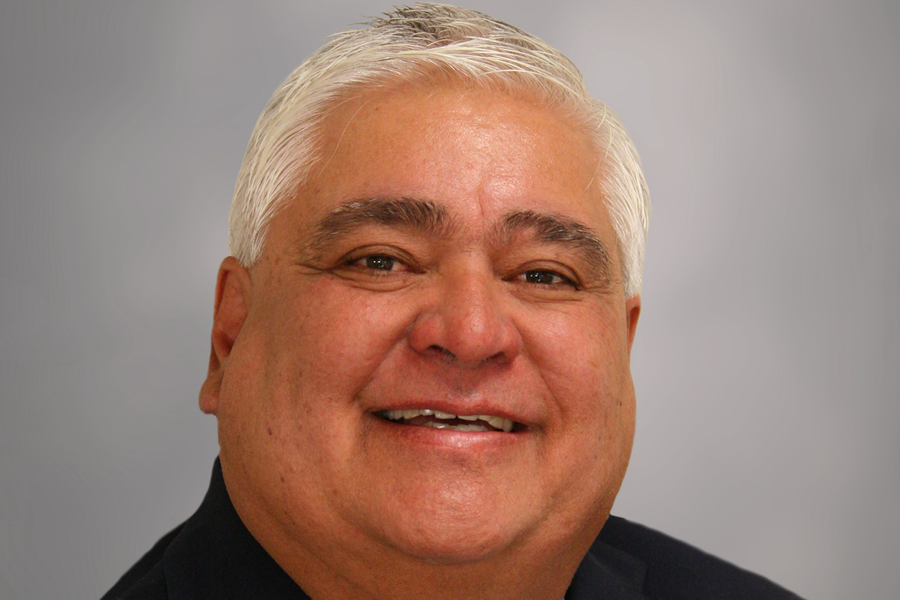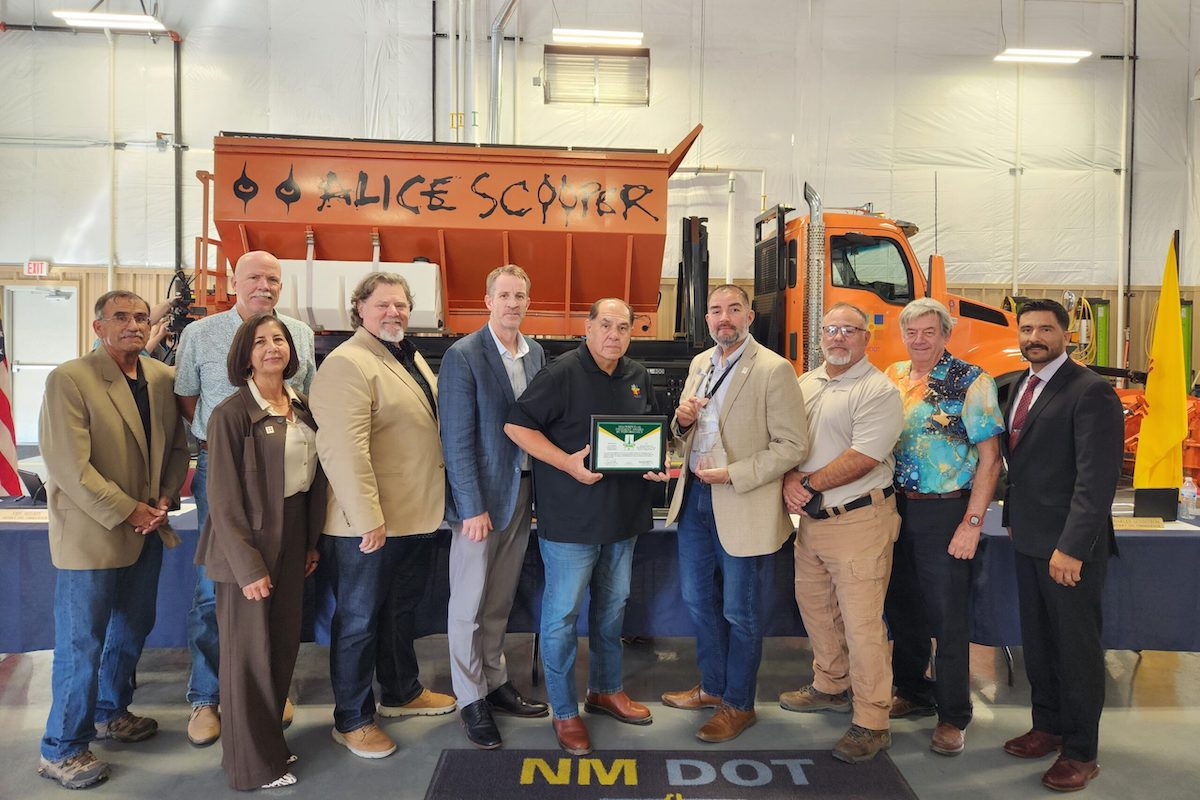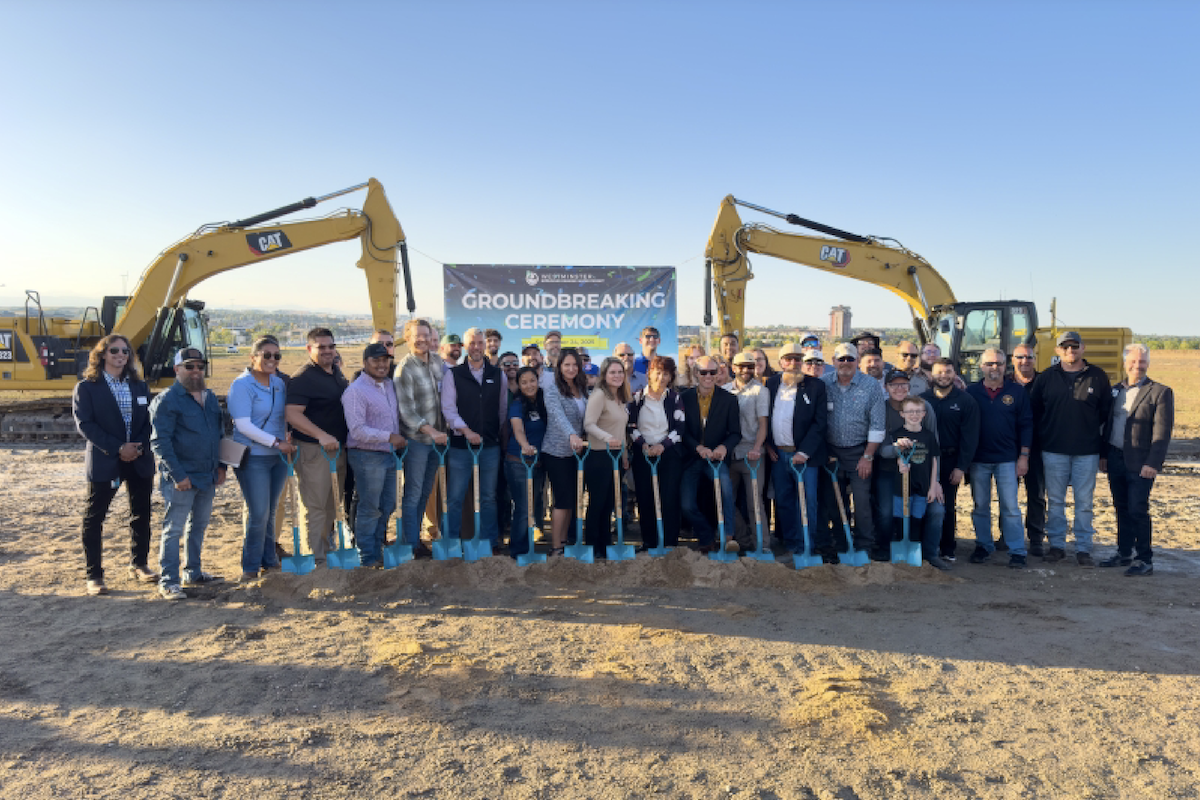Speakers highlighted the importance of the project, which is an example of progress made by CDOT and partner agencies with delivering improvements outlined in the statewide 10-year plan. These improvements include an effort to improve rural highways across Northwest Colorado.
“As a native of Leadville, it's rewarding to see a successful project in this rural community,” said CDOT Chief Engineer Steve Harelson. “US Highway 24 is a critical link for people in Lake County to the upper Arkansas Valley and beyond. And while Colorado Highway 300 may be one of the shorter highways on the state system, it's nice to have a smooth ride out to the fish hatchery and Soda Springs."
The US Highway 24/CO 300 Leadville South project shows how new state funding is significantly enhancing safety for residents, visitors, and commercial truck traffic traveling on US 24 south of Leadville and on CO 300. Improvements included a smoother roadway surface with new guardrail, new signage, high visibility markings, and stabilized shoulders.
“In order for transportation projects to be effective, it’s all about getting people from where they are to where they need to be,” said John Cater, Colorado Division Administrator for the Federal Highway Administration. “Whether that’s for recreation, like coming to Lake County to ride a bike, or a customer commuting to work or going to a medical appointment. This is an example of road improvements that benefit both personal lives and the local economy.”

| Your local Trimble Construction Division dealer |
|---|
| SITECH Northwest |
| SITECH Rocky Mountain |
| SITECH Southwest |
The project is part of CDOT's Rural Paving Program and resulted in the improvement of approximately 17 miles of US 24, beginning south of Leadville at Mile Point 176 and continuing west to MP 194.
“Having CDOT employees advocate for resources for planning and road improvements in Lake County means the world to rural communities like us,” said Lake County Commissioner Sarah Mudge. “Projects like this one have a smaller demand than projects in larger, more populated areas, but just as much of an impact on the community.”
Work took place on CO 300 from MP 0–4.4. Work on both roadways included resurfacing a total of approximately 21.4 miles with deck milling, sealing, and repaving at bridge structures; erosion control; guardrail replacement; signing; and final striping. Shoulder widening on US 24 was completed between MP 178 and MP 181.













